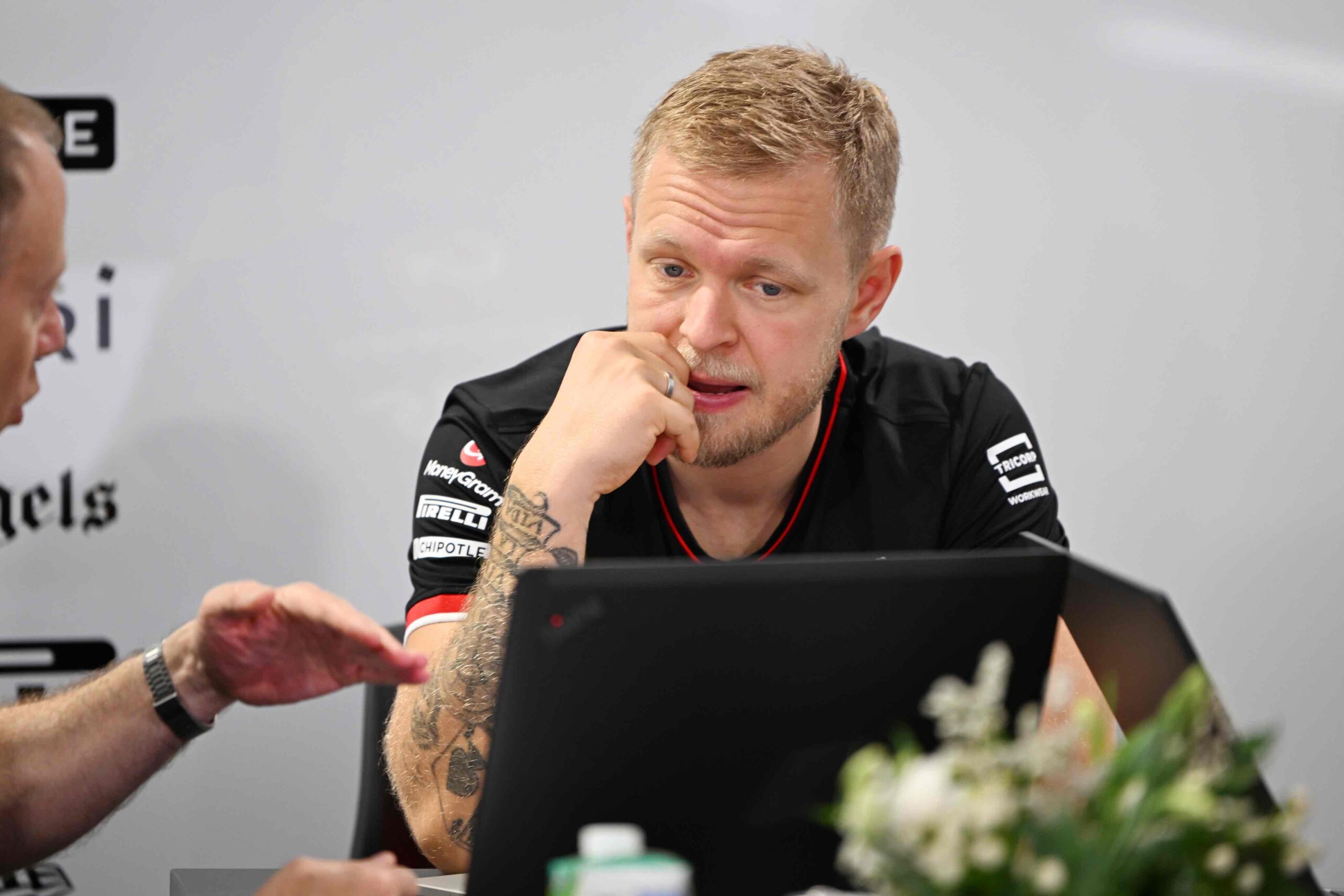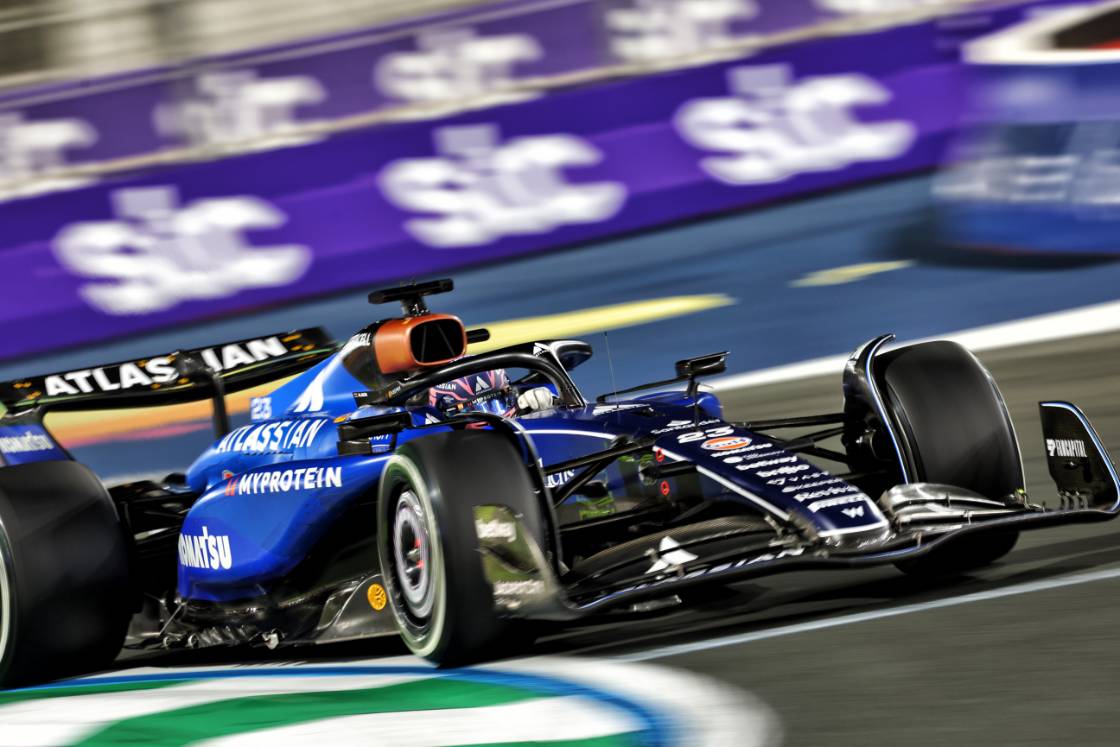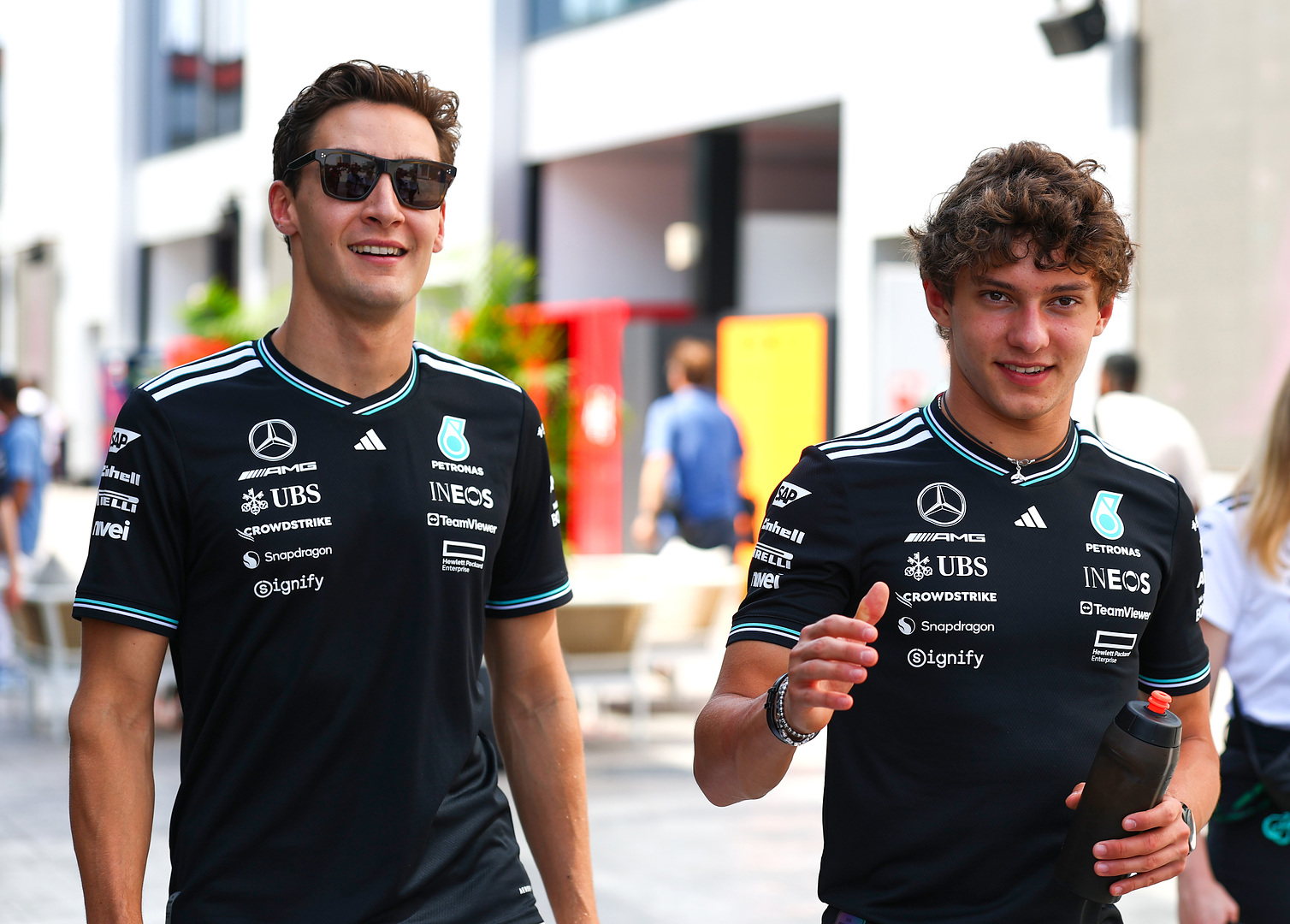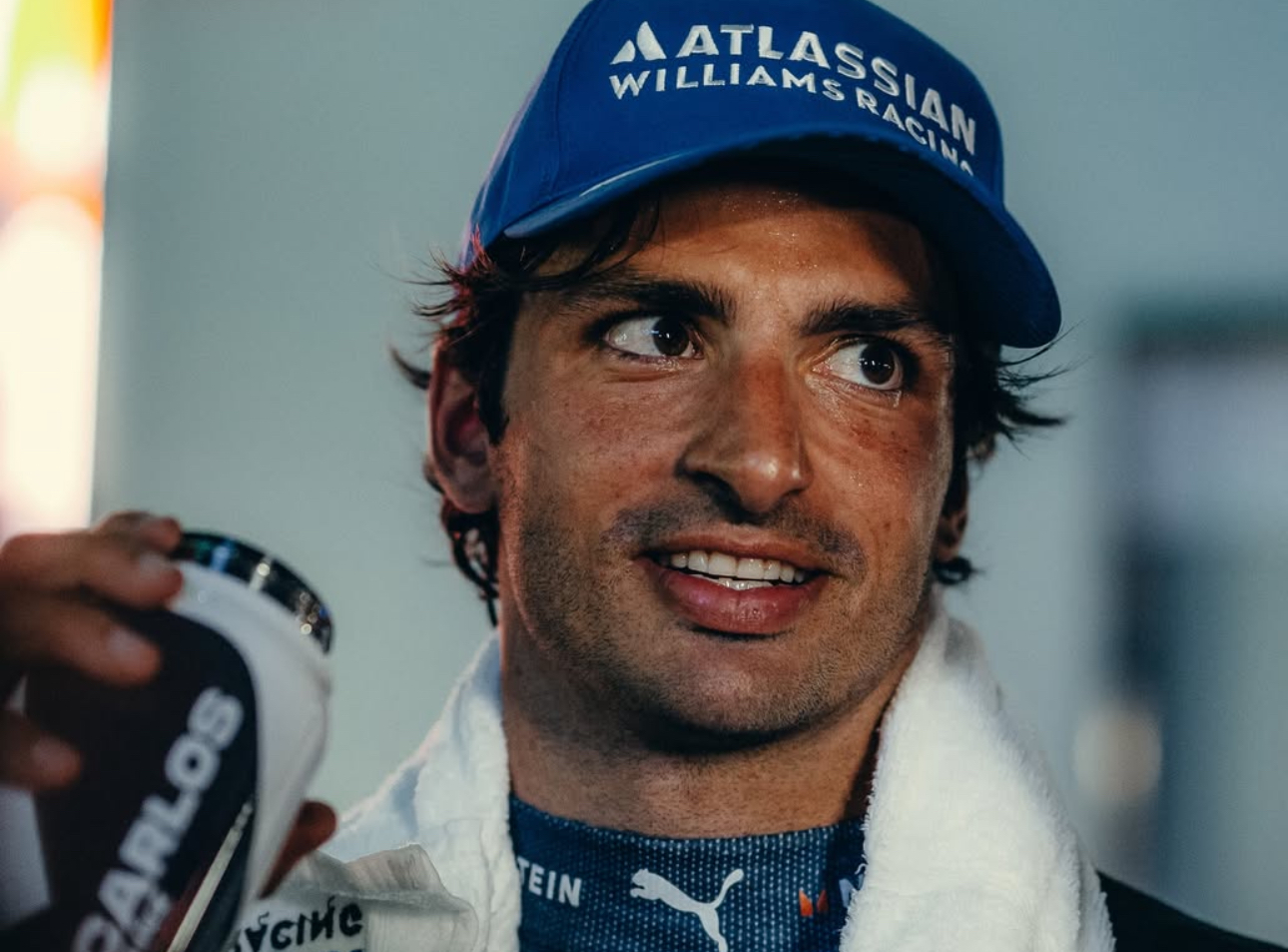Kevin Magnussen, Haas F1 driver, has been displaying an aggressive racing style and exceeding track limits in the first few races of the 2024 season, threatening to tip him over the edge of penalties.
Magnussen’s recent run-ins with the FIA have sparked debates among fans on the rules set out by the FIA, and the Danish driver claimed he will “have to” start racing differently to avoid additional penalty points.
One of the updates to the racing rules includes a change to penalisations for off-track moves. This meant that Magnussen’s moves against Hamilton were penalised with 10 second penalties, instead of the original 5 seconds.
The first is that the update to F1’s racing rules for 2024 meant off-track moves such as Magnussen’s against Hamilton were to be penalised with 10s penalties and not 5s as previously. It had already happened with Yuki Tsunoda in Jeddah.
The FIA has also introduced a more comprehensive set of guidelines for how racing clashes are assessed by its stewards.
Drama unfolded during the Chinese Grand Prix, where Magnussen’ hit Yuki Tsunoda out of the race, earning him penalty points on his super licence, and again, in Miami, Magnussen’s defence against Lewis Hamilton led to a flurry of penalties, pushing him even closer to a race ban.
Speaking about a potential ban, Magnussen noted, “I accept that but I feel there is room for improvement there.
“Not only in terms of the [penalty] points. There are more races now than there was back when they were introduced, and I feel you can end up getting a race ban effectively for a very minor thing. That’s what I feel.”
In the aftermath of the Miami sprint race, Magnussen faced questions about the fairness of the penalties given (or not given) to him, and the decisions the stewards ultimately made.
He claimed, “The fact that I’m at risk of a race ban for driving outside of some white lines – on a piece of Tarmac – I don’t know if I feel that that is right.”
When asked about the possibility of drive-through sanctions for track limit violations, Magnussen advocated for a different approach that would require drivers to give back any positions that they had gained unfairly, with more severe penalties given for non-compliance.
This solution focuses more on fairness and accountability, aiming to preserve the integrity of racing and discourage unfair advantages.
“I think the best thing would be for the FIA to tell us to give back positions and then the consequence for not doing that being harsh,” he explained.
“Like, really harsh – so you make sure that that’s being done. Because I think it firstly gets too complicated and also too big a consequence for [that infraction]. You have to be able to leave a little bit of room to go over the limit and then come back from that.
“Whereas now, if they judge it to be an unfair advantage and it’s a drive-through penalty, I think that’s not good.”
Magnussen’s outlook is shaped by his experience in other racing formats, where the regulations are more transparent.
Reflecting on his time in IndyCar and IMSA, he highlights the differences of their rulebooks, and their contrast with F1’s regulatory landscape.
“I’ve raced in IndyCar, and I love the way they race over there… I feel the rules are very clear and very simple, and the racing is great.
“One thing is that the F1 drivers are fast but also very good at racing. And I think you have to showcase that – that has to be part of it. We all came from karting and learned to race each other.
“And I feel now certainly for myself with the guidelines this year, some of that is going against like the natural racing dynamic that we’ve all learned from young kids.
“But that’s a separate issue to the going off and holding people back and all the stuff that I got penalties for.
“I think that that can be solved with telling us to give back positions and the penalty for not doing being very, very harsh.”





